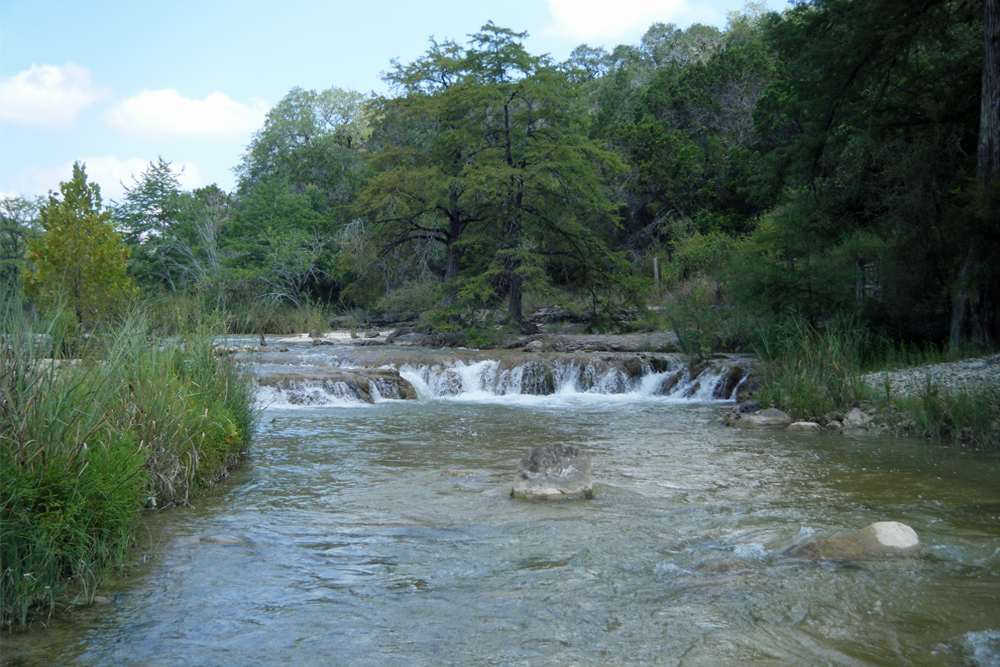
President Trump Gives Navigable Waters Protection Rule A Revised Definition
The EPA and the Army are delivering on President Trump’s promise to finalize a revised definition for WOTUS
LAS VEGAS — Yesterday, at an event at the National Association of Home Builders International Builders’ Show in Las Vegas, EPA Administrator Andrew Wheeler and Assistant Secretary of the Army for Civil Works R.D. James will announce a new, clear definition for “waters of the United States.”
With the Navigable Waters Protection Rule, the U.S. Environmental Protection Agency (EPA) and the Department of the Army (Army) are delivering on President Trump’s promise to finalize a revised definition for “waters of the United States” that protects the nation’s navigable waters from pollution and will result in economic growth across the country.
“EPA and the Army are providing much needed regulatory certainty and predictability for American farmers, landowners and businesses to support the economy and accelerate critical infrastructure projects,” said EPA Administrator Andrew Wheeler. “After decades of landowners relying on expensive attorneys to determine what water on their land may or may not fall under federal regulations, our new Navigable Waters Protection Rule strikes the proper balance between Washington and the states in managing land and water resources while protecting our nation’s navigable waters, and it does so within the authority Congress provided.”
The Navigable Waters Protection Rule ends decades of uncertainty over where federal jurisdiction begins and ends.
For the first time, EPA and the Army are recognizing the difference between federally protected wetlands and state-protected wetlands.
It adheres to the statutory limits of the agencies’ authority. It also ensures that America’s water protections – among the best in the world – remain strong, while giving our states and tribes the certainty to manage their waters in ways that best protect their natural resources and local economies.
“Having farmed American land myself for decades, I have personally experienced the confusion regarding implementation of the scope of the Clean Water Act,” said R.D. James, Assistant Secretary of the Army for Civil Works. “Our rule takes a common-sense approach to implementation to eliminate that confusion. This rule also eliminates federal overreach and strikes the proper balance between federal protection of our Nation’s waters and state autonomy over their aquatic resources. This will ensure that land-use decisions are not improperly constrained, which will enable our farmers to continue feeding our Nation and the world, and our businesses to continue thriving.”
The revised definition identifies four clear categories of waters that are federally regulated under the Clean Water Act: the territorial seas and traditional navigable waters, like the Atlantic Ocean and the Mississippi River; perennial and intermittent tributaries, such as College Creek, which flows to the James River near Williamsburg, Virginia; certain lakes, ponds, and impoundments, such as Children’s Lake in Boiling Springs, Pennsylvania; and wetlands that are adjacent to jurisdictional waters.
These four categories protect the nation’s navigable waters and the core tributary systems that flow into those waters.
This final action also details what waters are not subject to federal control, including features that only contain water in direct response to rainfall; groundwater; many ditches, including most farm and roadside ditches; prior converted cropland; farm and stock watering ponds; and waste treatment systems.
The final definition achieves the proper relationship between the federal government and states in managing land and water resources.
“President Trump is restoring the rule of law and empowering Americans by removing undue burdens and strangling regulations from the backs of our productive farmers, ranchers, and rural land-owners. The days are gone when the Federal Government can claim a small farm pond on private land as navigable waters,” Secretary Perdue said. “I thank President Trump and Administrator Wheeler for having the backs of our farmers, ranchers, and producers and for continuing to roll back federal overreach. With reforms and deregulation, Americans once again have the freedom to innovate, create, and grow.”
The agencies’ Navigable Waters Protection Rule respects the primary role of states and tribes in managing their own land and water resources. All states have their own protections for waters within their borders and many already regulate more broadly than the federal government.
This action gives states and tribes more flexibility in determining how best to manage their land and water resources while protecting the nation’s navigable waters as intended by Congress when it enacted the Clean Water Act.
Despite prior reports, there are no data or tools that can accurately map or quantify the scope of “waters of the United States.” This is the case today, and it was the case in 2014 when the Obama Administration issued its blog titled “Mapping the Truth.”
Therefore, any assertions attempting to quantify changes in the scope of waters based on these data sets are far too inaccurate and speculative to be meaningful. While this Administration agrees that the current data and tools are insufficient, we are committed to supporting the development and improvement of the technology needed to map the nation’s aquatic resources.
This final action is informed by robust public outreach and engagement on the Navigable Waters Protection Rule, including pre-proposal engagement that generated more than 6,000 recommendations and approximately 620,000 comments received on the proposal.
The final definition balances the input the agencies received from a wide range of stakeholders.
More information, including a pre-publication version of the Federal Register notice and fact sheets, is available at https://www.epa.gov/nwpr.






